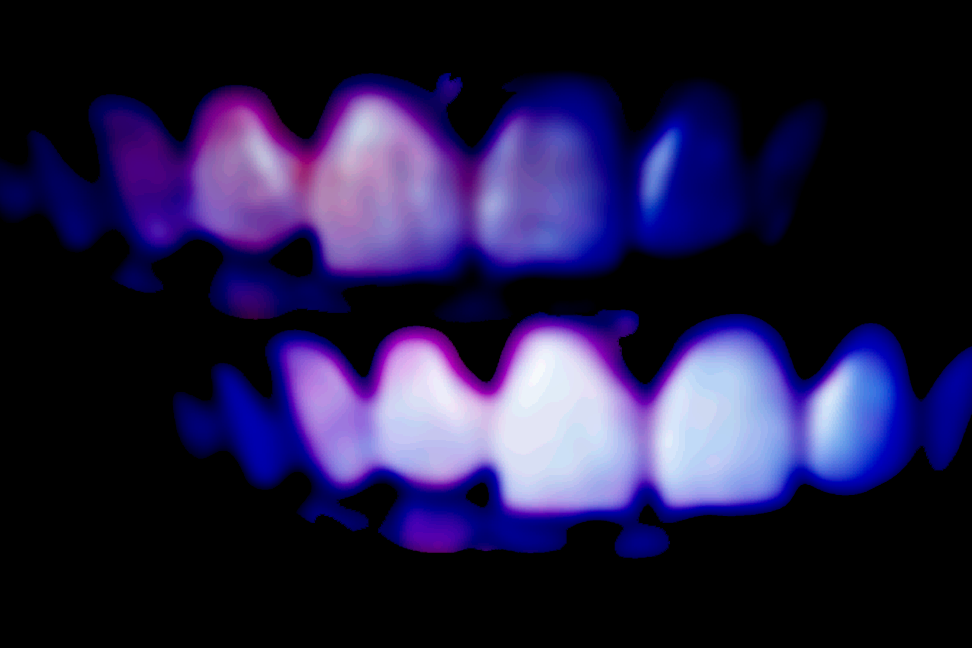Dental Cosmetics: Teeth Whitening
Luke Lee, Emory University
A captivating smile plays a crucial role in our social interactions, with the color of our teeth being a key factor that contributes to its appeal. Unfortunately, factors such as age, lifestyle choices, and dietary habits can lead to tooth discoloration over time. However, thanks to advancements in dental technology, teeth whitening has emerged as a popular cosmetic dental procedure. Today we will explore the benefits and different methods of teeth whitening, providing you with a path towards a brighter and more confident smile.
There are three major methods of teeth whitening currently available. The first method is in-office whitening, which involves visiting a dentist. This highly effective approach delivers immediate results. Dentists use bleaching agents with higher concentrations of hydrogen peroxide, applying them to the teeth and activating them with specialized light or laser technology. Typically, one or two visits are required to achieve the desired level of whiteness. Another option is at-home whitening kits, which provide a convenient alternative for individuals who prefer to whiten their teeth in the comfort of their own homes. These kits usually include customized trays and whitening gel that can be applied daily for a specific duration. Although the results may take longer to appear compared to in-office treatments, at-home kits can still offer noticeable improvements. The third method involves using whitening toothpaste and strips, which are readily available over the counter. These products are often the initial choice for individuals interested in teeth whitening. However, they generally provide only a minimal level of whitening. Whitening toothpaste and strips are more suitable for maintaining the results achieved through professional treatments rather than producing significant changes on their own. In summary, in-office whitening performed by a dentist offers highly effective and immediate results, while at-home whitening kits provide a convenient option with noticeable improvements. Whitening toothpaste and strips, although widely available, are better suited for maintaining professional treatment results rather than achieving significant whitening on their own.
One thing to note is that before undergoing any teeth whitening procedure, it is essential to undergo a thorough dental examination to assess overall oral health and identify any underlying issues that may affect the whitening process. Dentists can also provide recommendations for the most appropriate treatment option. Teeth sensitivity is a common side effect of whitening, especially with higher concentrations of bleaching agents, but dentists can offer guidance on minimizing discomfort. The durability of whitening results varies based on individual factors and lifestyle choices, but maintaining regular oral hygiene practices, avoiding staining agents, and scheduling periodic touch-ups can help prolong the effects.
Teeth whitening has become a popular cosmetic procedure for individuals seeking to enhance the brightness of their smiles. With various methods available, individuals can choose between in-office treatments, at-home kits, or over-the-counter products, depending on their preferences and dental health. Regardless of the method chosen, it is essential to prioritize oral health, consider potential sensitivity issues, and seek professional guidance for the best results. By embracing teeth whitening as a means to regain confidence and showcase a radiant smile, individuals can experience the transformative power of a brighter, more vibrant grin.
References
How does in-office teeth bleaching work?. Smiles Dental Care Mountain View California. (2021, February 9). https://smilesdental.com/how-does-in-office-teeth-bleaching-work/
NHS. (n.d.). NHS choices. https://www.nhs.uk/conditions/teeth-whitening/
The science behind teeth whitening. Clinical Research Dental. (n.d.). https://www.clinicalresearchdental.com/blogs/news/the-science-behind-teeth-whitening
Watson, K. (2022, June 6). Teeth whitening: How it works, types, and side effects. Healthline. https://www.healthline.com/health/how-does-teeth-whitening-work
Whitening. American Dental Association. (n.d.). https://www.ada.org/en/resources/research/science-and-research-institute/oral-health-topics/whitening

